By following the most effective brainstorming techniques, teams can foster creative thinking and generate the most innovative ideas
Brainstorming is a productive tool for teams, since beyond solving problems and fostering innovative ideas, it encourages group cohesion and cooperation. For this reason here at Beetroot we apply various effective techniques, depending on the aim or the solution we need to find, using brainstorming for project management and for Beetcommunity.
Brainstorming entails three phases: capturing ideas; discussion and critique; selection. The following brainstorming techniques are the ones we use most frequently for our team, and will definitely help you and your team manage these three phases smoothly, resulting in a productive brainstorming.
1. Brainwriting
This technique helps you overcome the issues of unbalanced conversations and of anchoring to an idea. The process is rather simple: in about 6 minutes everyone writes down three ideas on the topic of the brainstorming. Afterwards, everyone passes their ideas on to the next teammate, who will develop them, adding their own vision and creative strategy. After a few more minutes, everyone passes their revised ideas on to the next person again, until every team member has worked on each vision. When the round of ideas generation is over, the group discusses and decides which idea or solution is best.
2. Rapid Ideation
This methodology is useful to avoid criticising or dismissing ideas before they are elaborated. During rapid ideation everyone writes down as many ideas as possible in a given timeframe, before any idea is discussed, criticised or implemented. The time constraint allows to be more effective and to maintain a certain sense of urgency.
3. Figure Storming
This way of operating overcomes some of the barriers usually limiting creative thinking, such as budget and time. Every group member is asked to choose a known (but not present) figure (a boss, a fictional character, or a well-known public figure), and to imagine how that character would deal with the situation. It may sound silly, but putting oneself in someone else’s shoes can help approach problems from another, often more impersonal and creative perspective, and have fewer inhibitions.
4. Mind Mapping
Sometimes the first idea shared within the group is not the right one, but it gives rise to the best ideas, and that’s where mind mapping comes in. In this technique, the group starts from one idea and then draws lines connecting sub-ideas to the first one. Mind mapping is a visual way of approaching brainstorming and can be useful for visual thinkers.
5. Online brainstorming
Useful for encouraging and engaging team members who work remotely, this group brainstorming technique only requires a common space, where team members can write down their ideas. If all team members are in the same time zone, you can host real-time brainstorms on Slack to develop ideas together. If your team is spread, you can write on a shared Google doc, allowing team members to write down their ideas whenever inspiration strikes. After everyone has written down their ideas, it is important to follow the process to decide which ideas to pursue. This technique is best used for capturing ideas, having separate meetings for critique, planning and execution.
6. Starbursting
To be applied at an advanced stage, starbursting should be considered an analytical tool, used in order to study a given idea from every point of view. In a starbursting session the team will start by writing an idea or challenge in the centre, and then create a six-pointed star around it. Each point represents a question: who, what, when, where, why and how. For example: who does this product target? When would be a good time to launch it? What is our motivation for creating this product?
These brainstorming techniques help to implement many ideas and focus on the objectives; but remember that physical space plays an important role in the way the group works, thinks or creates. Spending several hours in the same room can be monotonous and uninspiring, so it is important to have a change of scenery in order to get new ideas flowing.
Beetcommunity is a creative space designed for professionals, offering a stimulating working environment, where everyone is facilitated in conceiving new ideas. Even when they need a change of scenery with a good coffee.


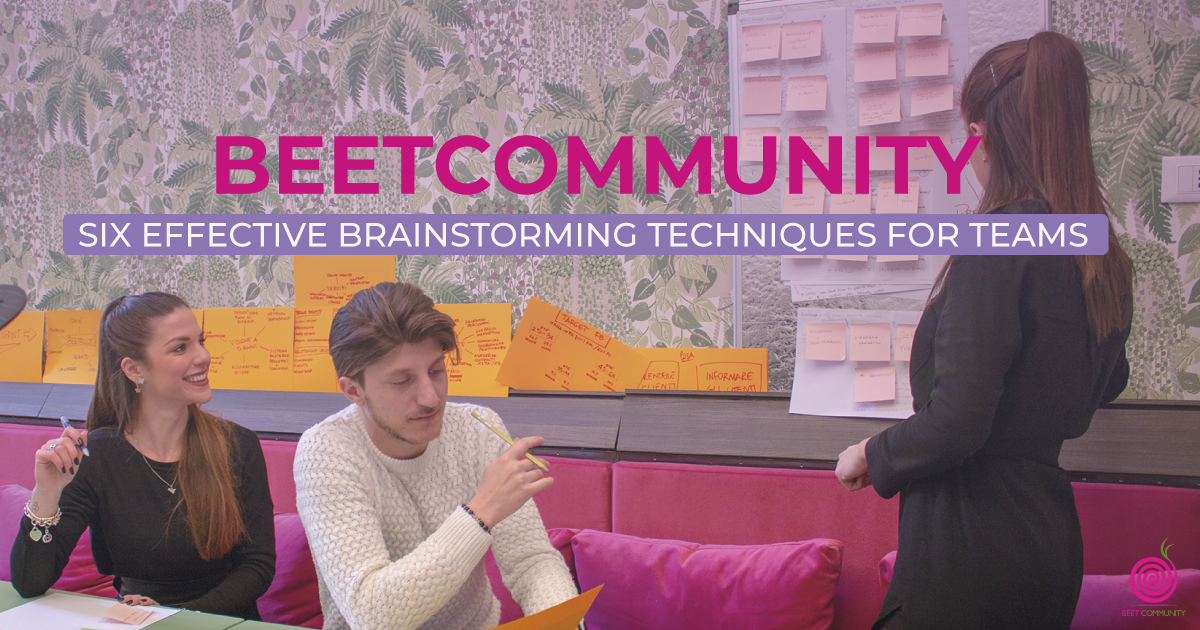
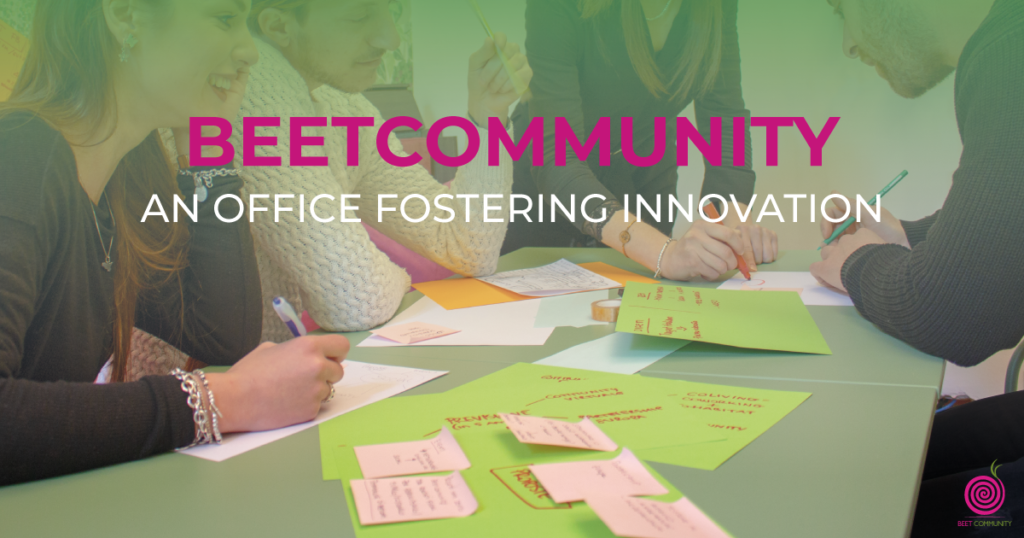
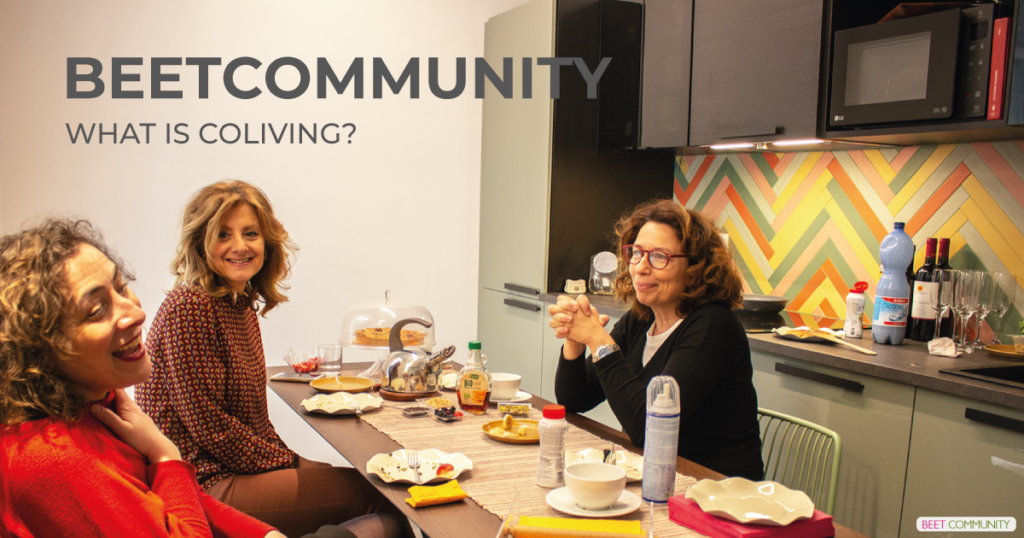
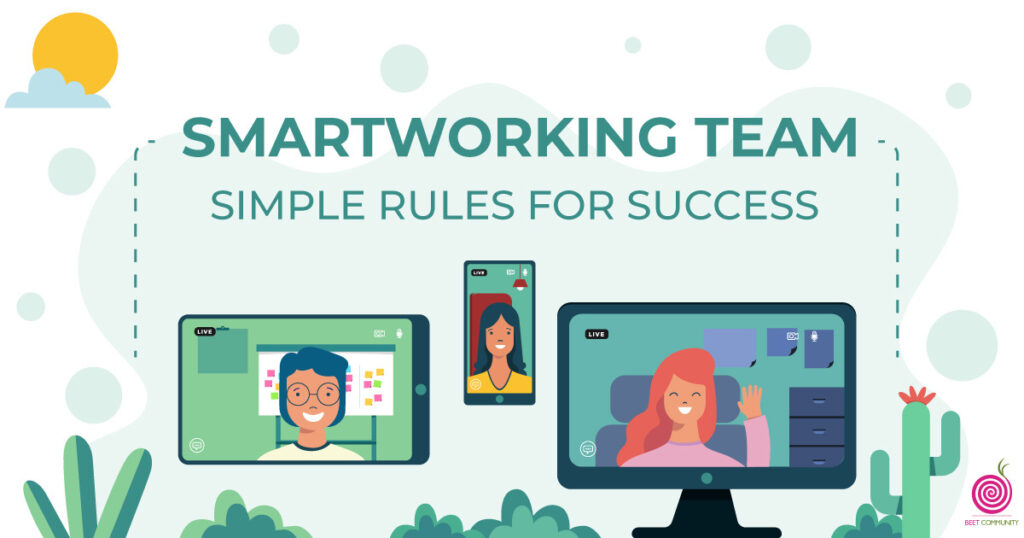
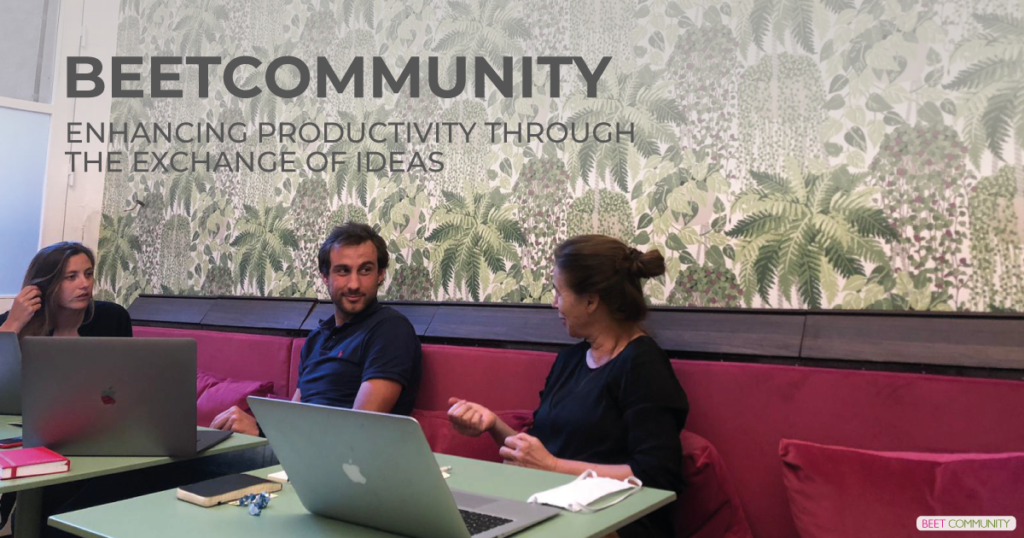
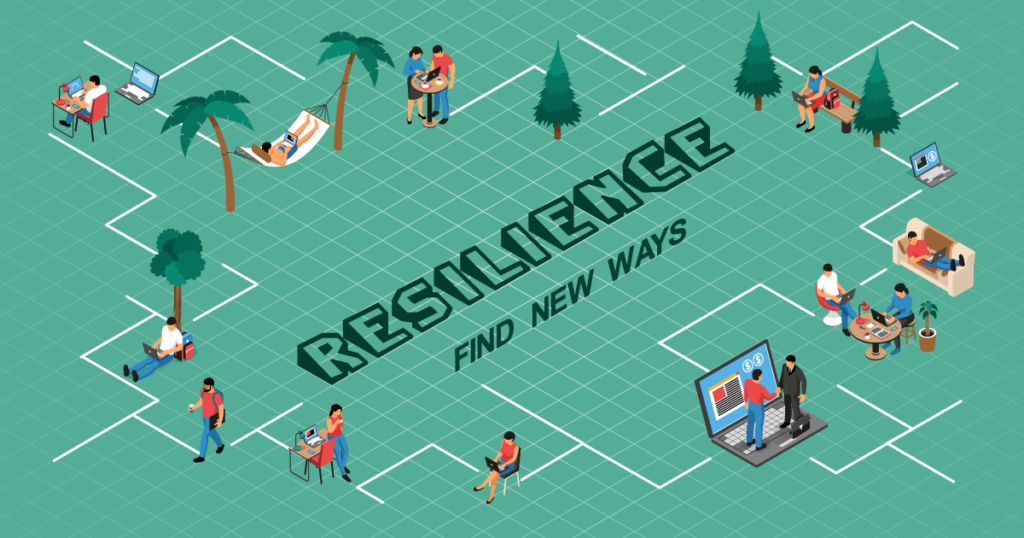
About The Author: Admin
More posts by admin